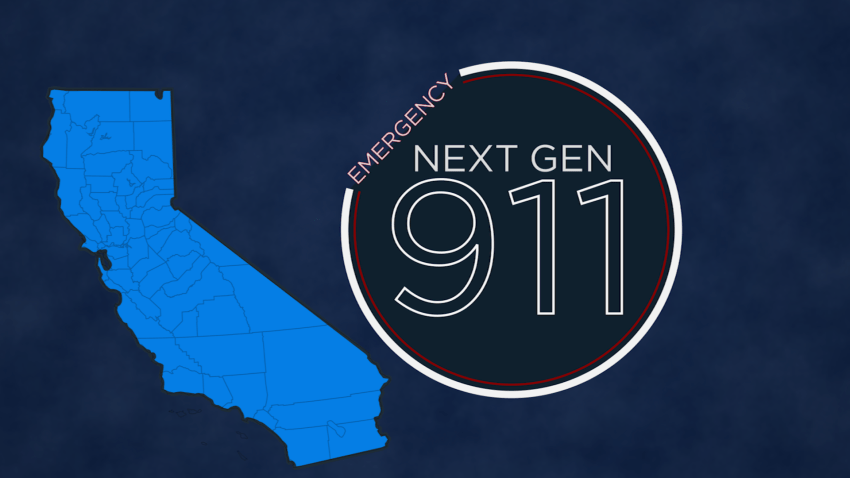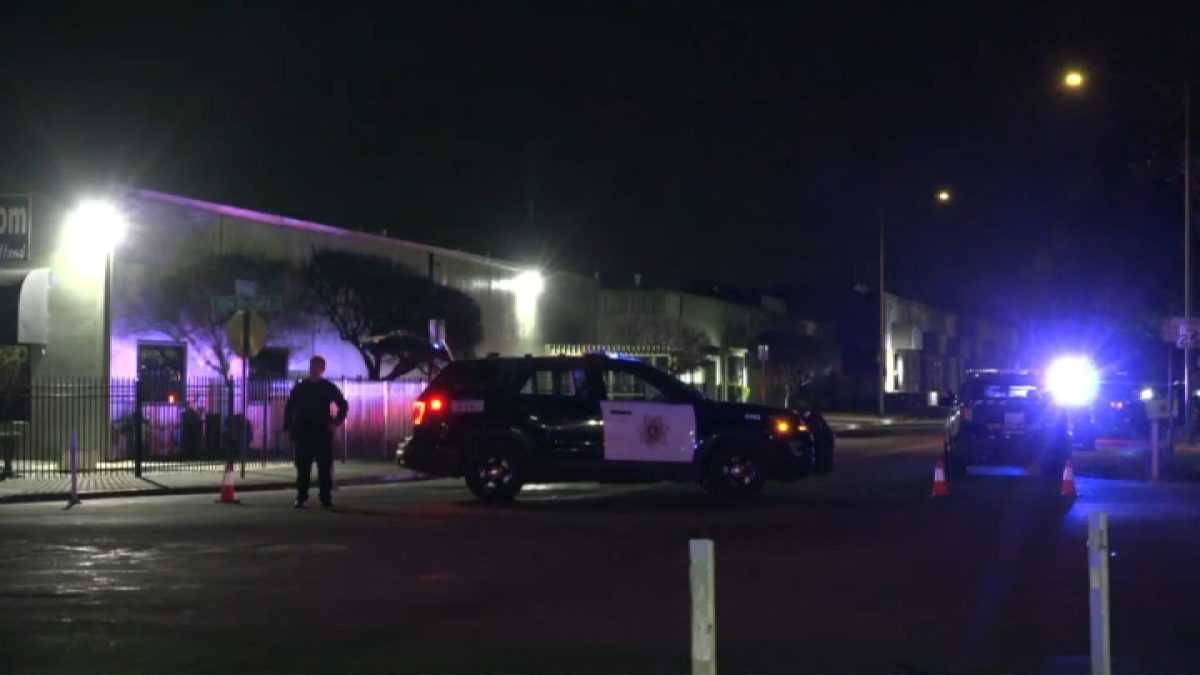At a 911 Advisory Board Meeting back in 2019, a senior official with the California Office of Emergency Management made the optimistic prediction that every one of the state’s 9-1-1 centers – more than 400 in all – would be connected to California’s new state of the art emergency call network by August of 2021.
Yet nearly four years after that predicted date, only 23 small dispatch centers are connected to the Next Gent 911 network and the rollout remains on pause as state officials probe concerns over how the system has performed live in the field.
Cal OES anticipates wrapping up its systemwide review of those issues this spring but hasn’t said when they’ll resume hooking up new additional 9-1-1 centers to the network, which was promised to bring the state’s antiquated legacy system into the digital age and be a boon to emergency response times and capabilities for first responders.

NBC Bay Area sent a series of inquiries to law enforcement agencies across the Bay Area seeking to gain clarity on when the new network will finally hit the region, but the only clear picture that emerged was that nobody seems to have any idea.
Some, like the San Jose Police Department or the San Francisco Department of Emergency Management, made it clear they don’t want anything to do with it until it’s been proven safe and effective. And there have been serious doubts.
“My main concern is don’t roll it out unless it’s been proven solid,” said veteran San Francisco 911 dispatcher Burt Wilson.
Local
Wilson said he’s viewed NBC Bay Area’s previous stories detailing reports of dropped and misrouted calls at the first emergency call centers to use the network, as well as concerns the system wasn’t thoroughly tested before it was deployed, something a state contractor and the project’s former director dispute.
“They keep funneling money into it and it just seems like there’s no checks and balances,” Wilson said of the project that’s cost taxpayers nearly a half-billion dollars and counting, according to Cal OES.
Get a weekly recap of the latest San Francisco Bay Area housing news. Sign up for NBC Bay Area’s Housing Deconstructed newsletter.
San Francisco’s Department of Emergency Management told us the state had originally aimed to upgrade their network in 2019, but the deadline kept shifting, first to 2021, and then 2022. Since then, the agency said it hasn’t been provided any updates, but told NBC Bay Area “We do not want to be one of the first [911 centers] in the state to migrate to the technology,” citing “the risk to the public that we serve.”
So far, the only 911 centers using Next Gen 911 are agencies small in comparison, such as the Tuolumne County Sheriff’s Office, which detailed a series of problems and public safety concerns after switching over to the new network.
Fewer than 60,000 people live in Tuolumne County, and Wilson said similar issues could prove disastrous in large cities like San Francisco.
“Especially in a city of what, 800,000?” Wilson said. “And then sometimes on the weekends it’s over a million people coming into the city.”
The San Jose Police Department said it has similar qualms.
“There are still delays in getting other agencies up and running and therefore not much testing of the products in a live environment, especially in agencies with a high call volume,” a department spokesperson said.
Like San Francisco, San Jose police said the department has no idea when they’ll go live on the new network and haven’t even selected a vendor to work with on the switchover.
NBC Bay Area had similar questions for the Oakland Police Department and California Highway Patrol, but neither agency has provided answers.
While the transition to Next Generation 911 in California remains on hold, the legacy call handling equipment currently used in San Francisco, San Jose, and more than 250 other 911 centers across the state is getting old, which experts said could make it more prone to failure.
While the state’s guidelines say the equipment should be replaced after five years of use, San Jose and San Francisco have been using the same gear for nearly a decade.
“Obviously this is a great concern to our office,” said Cal OES Program Management Chief Andrew Mattson at a recent meeting. “It’s one of our top priorities to get these systems changed out.”
While San Jose and San Francisco aren’t yet sold on Next Gen 911, the state’s aging legacy infrastructure has some with the Los Angeles Police Department eager to jump on board.
LAPD’s systems director sent an email to Cal OES in January saying the agency was “urgently [requesting] that Cal OES expedite [its] Next Generation 911 deployment,” noting the improved capabilities of the new network could have aided response to the recent LA wildfires and might prove useful for future events such as the FIFA World Cup and the Olympics.
He called the agency’s current 911 system “vulnerable” and offered up the department as a Next Gen 911 test bed for Cal OES, saying unlike the small dispatch centers where the network was first deployed, LAPD has the staff and technology to troubleshoot any problems that might arise.
But not everyone at LAPD is convinced. One dispatch supervisor with the department told NBC Bay Area he’s hesitant to switch over to the new network until it’s been proven reliable.
Cal OES did not say when large urban areas such as San Francisco, San Jose and Los Angeles are scheduled to go live, but said in a statement the agency is visiting 911 centers that have already been upgraded “to get a real world view of the experience with [Next Gen 911]” and that the agency is “committed to successful implementation.”
Candice Nguyen is the investigative reporter on this story. If you have a question or comment, email her at candice.nguyen@nbcuni.com.



